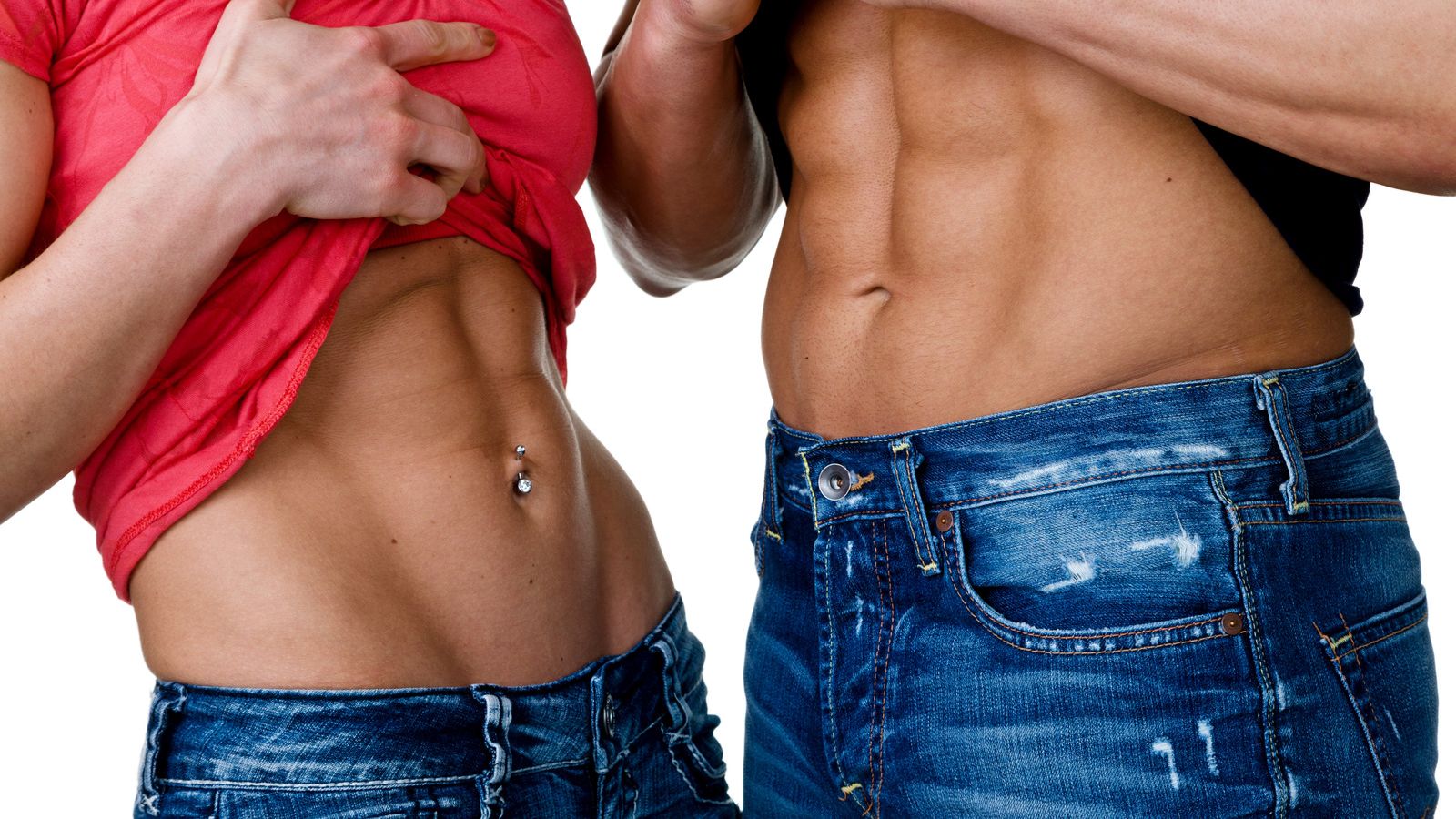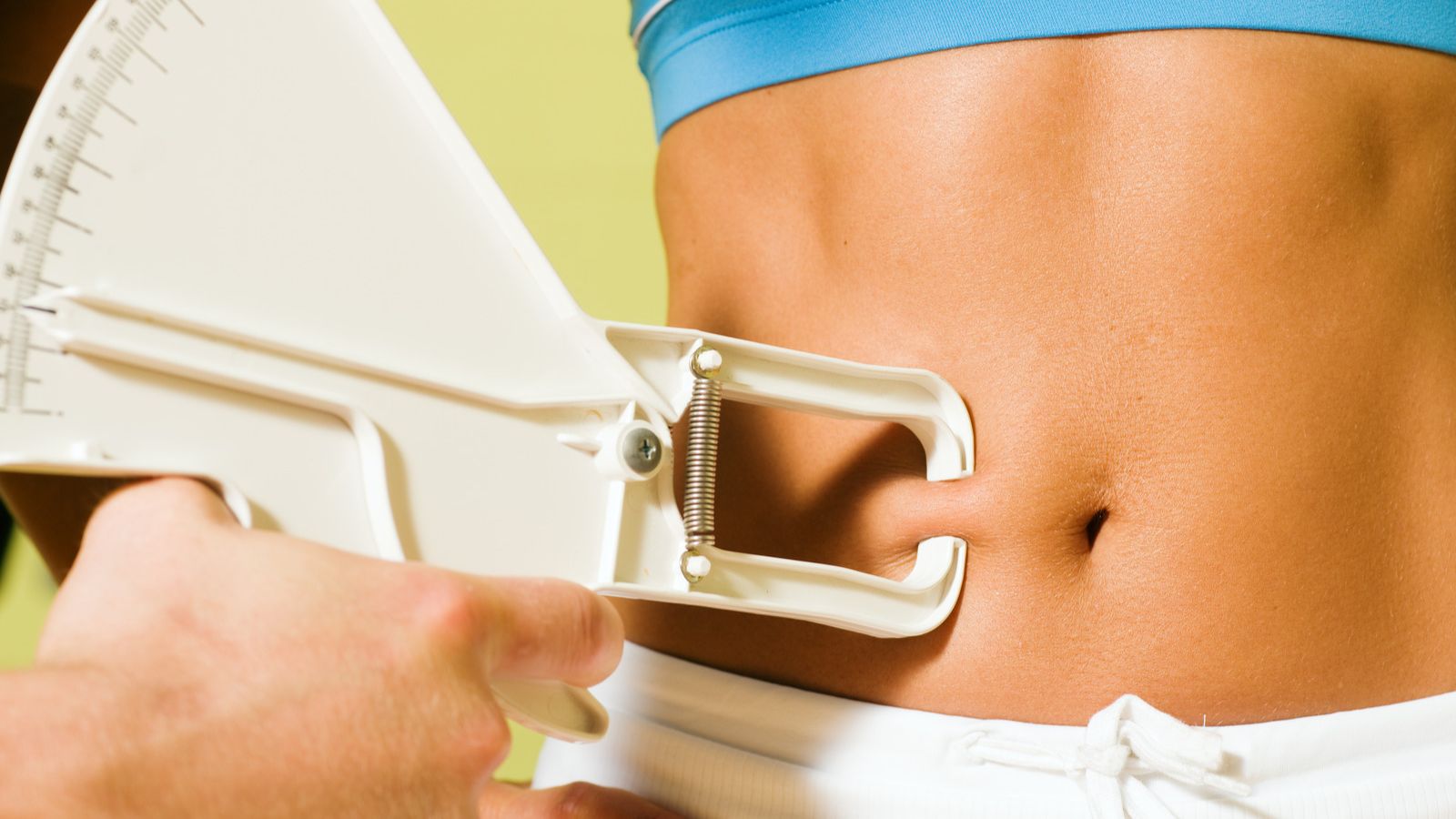
The best online fitness resource you'll ever need. We filter out the BS to ensure you meet your health and fitness goals!

The best online fitness resource you'll ever need. We filter out the BS to ensure you meet your health and fitness goals!

We’ve all done it. Especially at the beginning of our health and fitness journey. We start lifting a few weights. Start seeing some progress. Feeling the change. Feeling amazing. We sit down to watch TV. Likely some action or superhero film or program. We see the obligatory shirtless scene and we start wondering how long it takes to get ripped.

It’s the golden goose for the average gym-goer and the physique athlete alike. The ultimate goal. We hit the internet hard asking every search engine. How long DOES it take to get ripped? Shredded. Tell me how to get washboard abs.
And the answer? It depends.
Maybe a little less. But it depends on so many individual factors that there isn’t one answer for everyone.
Much like everything to do with your fitness journey it depends where you’re starting from. How old you are. What genetics you were born into. Or, what your current programming looks like. And also, what your nutrition looks like. What your access to quality food and equipment looks like. How consistent you are with your diet and training. And many more factors.
It’s also not a singular process. It happens in two parts.
So, let’s jump into them.
I’ll give you a little sneak peek into step two before we get into step one. To turn yourself into Shreddy Krueger you need to lower your body fat percentage. Looking ripped is simply lowering your body fat enough to make all those hard-earned muscles pop. To see every nook and cranny your skeletal muscle has to offer.
However, if you start dropping fat without anything to show for it you’ll just end up revealing the skeleton that’s holding you together. And that only really flies one night out of the entire year.
So, you want to start building muscle. Ideally as much muscle as possible, too.
Regardless of whatever stage you are at in your fitness journey, resistance training should always be a part of your routine. Whether you’re losing weight, maintaining, or obviously bodybuilding, you want to find a resistance training routine that works for you. Not only does it make you stronger, but it also makes you healthier and reduces your risk of developing age-related muscle loss. Also known as sarcopenia.
But for the person looking to rip, it should be your top priority.
How long should you be pumping iron for before you start cutting fat? Again, this depends on where you are right now.
If you’ve never picked up a weight before in your life, you will start to see some truly impressive gains very early on. This is known as newbie gains. The loose science behind it is: because your body has never picked up a weight before in its life it quickly starts to develop those neuromuscular adaptations that will help you throughout your lifting career.
However, this speed is not continuous and the progression starts to slow down over time.
Essentially, the further away you are from your genetic potential, the quicker you will get there.
To put some actual numbers behind it: If you’re completely new to lifting you could expect to build between 15 to 25lbs of muscle in your first year. After a year or two, you’ll be looking at more like 8 to 12lbs. And then from your third year onwards about 3 to 6 pounds of muscle per year.

Once you finally have the muscle built that you’re wanting to show it’s time to consider cutting the fat. Being ‘ripped’ is simply having a low enough body fat percentage that the lean muscle underneath is visible at all times.
Weight-loss is a fairly straightforward process. Put yourself into a consistent calorie deficit and you’ll burn body fat consistently.
Put yourself in too large of a deficit, however, and you’ll risk losing some of that hard-earned lean muscle.
The ‘sweet spot’ is a 500 calorie deficit. It’s low enough to keep you out of your maintenance calories, but also not so low that you’ll feel hungry all the time.
1lb of fat is equal to roughly 3500 calories. Therefore, if you eat 500 calories below maintenance every single day you can expect 1lb of body fat to burn away each week. Consistently train and keep that protein intake high and you should manage your cravings, maintain your muscle mass and eventually have a sweet ripped physique.
To truly look ripped you want to aim for a sub 10% body fat percentage if you’re a man, and sub 15% if you’re a woman. Any lower than that and you risk hormone imbalances, ill health, and loss of menstrual cycle.
So how long could it take to reach the optimal body fat percentage? Well, as you can imagine that depends on where you are now.
You have several ways to measure your existing and goal body fat percentage. None are truly 100% accurate, but they are the easiest for the average gym-goer.
Body fat calipers are handy. You can pick some up online today. These pinch your skin and measure your body fat over time. The trick is being consistent with placement, though to measure accurately over time.
DEXA scanners at your local gym are also useful if not always accurate. They can struggle to differentiate between fat, water, and muscle. But they can help you measure trends over time.
Progress pictures however are your easiest and cheapest method. Nothing shows progress better than comparing photos. And you can use comparison photos online to see what certain body fat percentages look like on other people.
To get a better timeline, however, you can use online body fat calculators such as this one here. This will give you a rough idea of where you are now and where you may wish to be. Once you have a rough idea of how much body fat you need to lose to get there you can apply some quick maths.
Say you need to lose 16lbs of body fat to reach sub 10% to show off the abs. We know that 1lb of fat is equal to 3500 calories. So, on a 500 calorie deficit a day we can estimate that it would take us about 16 weeks to get ripped. Not bad.
Nutrition for getting ripped largely depends on what stage of the process you are in.
In order to effectively grow and repair muscle, you need to be eating in a high protein calorie surplus. The ideal protein intake is between 1.6gs to 2.2gs per kg per day. And in order to put on the least amount of body fat during training, you want to be eating at about a maximum of 500 calories above maintenance. As we know that 1lb of fat is equal to 3500 calories this means we will still put on a bit of fat. But not too much that it would take too long to cut later.
What your diet is made of is largely up to you. You can build muscle whilst enjoying any eating habit or macro split. The one recommendation though is to just eat regularly and space out your protein across the day to ensure the body is in a net anabolic state and fuelling effective muscle protein synthesis constantly. This is important to maximize your muscle growth potential.
When it comes to stripping back the body fat you want to keep your diet largely the same but eat no more than a 500 calorie deficit. Keep the protein target the same or even increase it to closer to the 2.2gs per kg threshold to ensure you are satiated and still growing and repairing muscle. Even in a deficit.
You want to aim to keep your diet as ‘clean’ as possible during a cut as fast food can be calorically dense in much smaller meals which means you could either overshoot your calorie target or just not leave yourself as many calories in the evening to keep your hunger at bay. Foods high in sugar can also be hyper-palatable, meaning you will just make yourself hungrier. The worst thing you want to be during a cut.

Programming in the gym is largely up to you. You will likely want to focus on training for hypertrophy over strength as strength training doesn’t always mean more muscle mass. So, choosing a bodybuilding program that keeps you in the upper rep ranges (12 to 15 reps per set) will help build more muscle mass. A lot of accessories will help you to hit all the smaller muscles that you will want to show off when you start to get ripped.
There are many programs out there which you can pick up for free. Just pick the ones that suit your schedule, your available equipment, and more importantly, that you enjoy the most.
So long as you’re hitting each muscle twice a week and practicing with intensity and good progressive overload you will be golden.
Some people tend to change their programs during their cutting phase. This isn’t always necessary and is entirely down to your preference. It’s still possible to build muscle in a deficit, especially for newer athletes. The only reason you may want to consider changing the program is if you need to lower the intensity due to a lack of energy in your cut.
But if that is the case, you may wish to just move your meals around your gym session. Go carb-heavy before a session to make sure you have all the energy you need. Activity burns calories and the body likes to fight a deficit. Any lowering of your activity could cause you to be in a lower deficit, slowing down your cut.
If you find the energy to be a problem or your activity suffering, consider throwing in some extra walks during the day. Walking is a highly underrated form of cardio. And also full of health benefits.
Having a ripped physique is often seen as the pinnacle of health thanks to social media. When people think ‘fitness’ they think ‘fitness models’. And they tend to be pretty shredded. However, it’s not necessarily the case and if not managed appropriately it can come with several health risks.
For women in particular cutting your calories and your body fat to drastic levels can result in the loss of your menstrual cycle due to the stress this can impose on the body. This can cause infertility and is something that plagues the physique industry and unfortunately is rarely spoken of.
Cutting calories too severely can also lead to low mood, constant hunger, loss of hair, low sex drive, and due to the potential diet restrictions it can also impact your social life and mental health. Especially if not managed appropriately. This is part of the reason why moderate deficits are recommended over severe ones. Stick to around 500 calories a day and you’ll have plenty of food to play with.
If you are looking to pursue a ripped and shredded physique it is best to do so under the guidance of a nutrition specialist as well as a personal trainer who can manage each step you are taking to ensure you’re not putting your body under any unnecessary stress.
So to recap, how long does it take to get ripped? Still largely down to your genetics along with where you are starting from. But if we use the examples above:
Get resistance training for as long as you can. Ideally for about a year. Don’t go too hard on the surplus so you don’t put on too much extra body fat. Keep around 20 to 25% body fat to be safe.
Put yourself in a manageable deficit of about 500 calories a day to lose 1lb of body fat a week. To go from 20/25% body fat to the necessary 10% to appear ripped (for a man) can take about 16 weeks.
Allow for any mishaps and diet breaks along the way and you could go from a standing start to looking like a super-hero in about 18 months.
Remember, though, you don’t want to cut too hard and lose muscle mass along the way.
You don’t want to aim for Shreddy Krueger and end up like Jack Skellington by mistake.